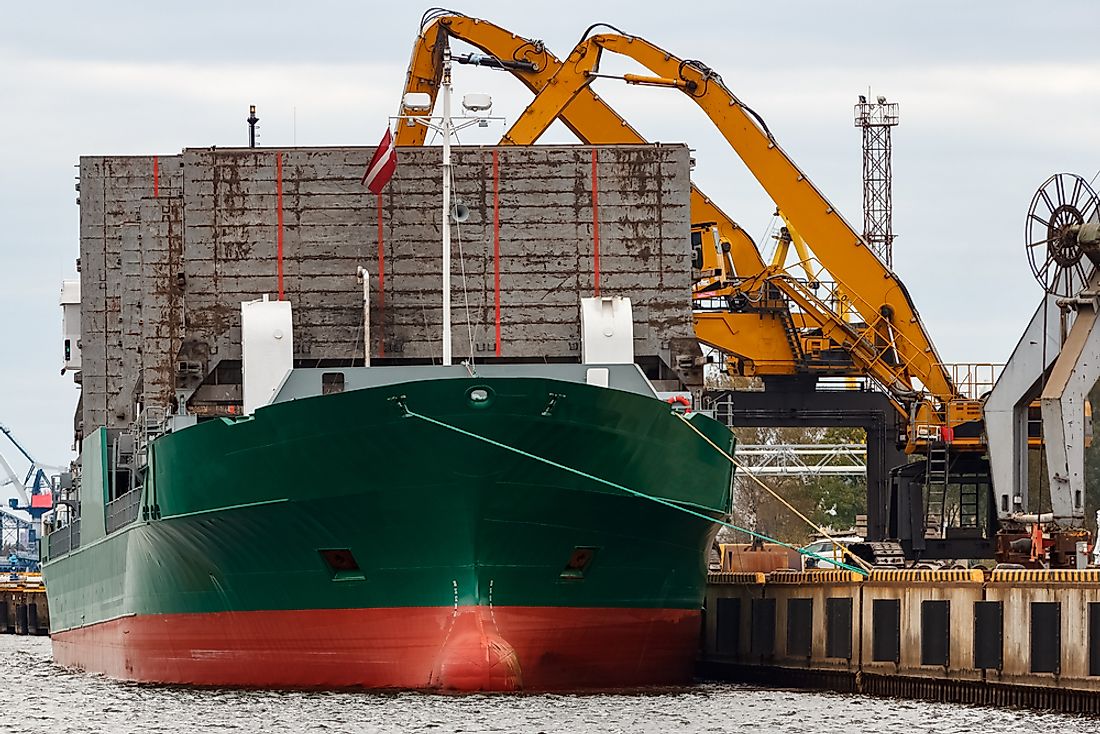What Are The Biggest Industries In Latvia?

Latvia is a country situated between Estonia and Lithuania in Europe. Latvia is a member of the European Union, the Organization for Economic Cooperation and Development (OECD), the World Trade Organization (WTO), and the United Nations. It is also part of the Baltic States due to its close proximity to the Baltic Sea.
Like most countries of the world, Latvia was greatly affected by the financial crisis of 2008. However, the country committed to strict fiscal discipline and clearing financial obligations of the international creditors such as by 2011-2013 the country’s economy was back to its feet. Presently, the four cornerstones of Latvia’s economy are agriculture, chemicals, logistics, and woodworking.
Industry Sector
Similar to Germany, Latvia was among the first countries to be industrialized. Its major industries are textiles, processed wood products, processed foods, chemicals, metalwork, and machine building. Latvia builds both small and big machines such as railway cars, buses, washing machines, and radios. The chemical industry makes up a huge chunk of exports. The industry relies on highly specialized and educated human resources who have made great medicinal discoveries over the years. Products manufactured include bio cosmetics and eco-friendly cosmetics. The decline in demand for fibers and detergents may affect the chemical industry over time.
Agriculture Sector
The agricultural industry thrives due to Latvia’s temperate climate and fertile soil. One-third of all the crops that are cultivated are grains, potatoes, and forage crops. Furthermore, some of the high added value exports within the sector are honey and quality dairy products. Although the agricultural sector contributes to only 3.9% of Latvia’s economy, it employs about 8% of the country’s labor force. With regards to agricultural practices, the government of Latvia disfavors biotechnology. Instead, it promotes organic farming which aims at establishing sustainable agricultural practices. Subsequently, Latvia ranks among the EU member states with the highest proportions of land used for organic farming. As of 2015, the total agricultural land area was approximately 1.9 million hectares which translated to 30% of the country’s total land area. Out of the portion of land used for agriculture: arable land was 65%, permanent crops covered 0.3% whereas the pastures and meadows covered 35% of the land.











